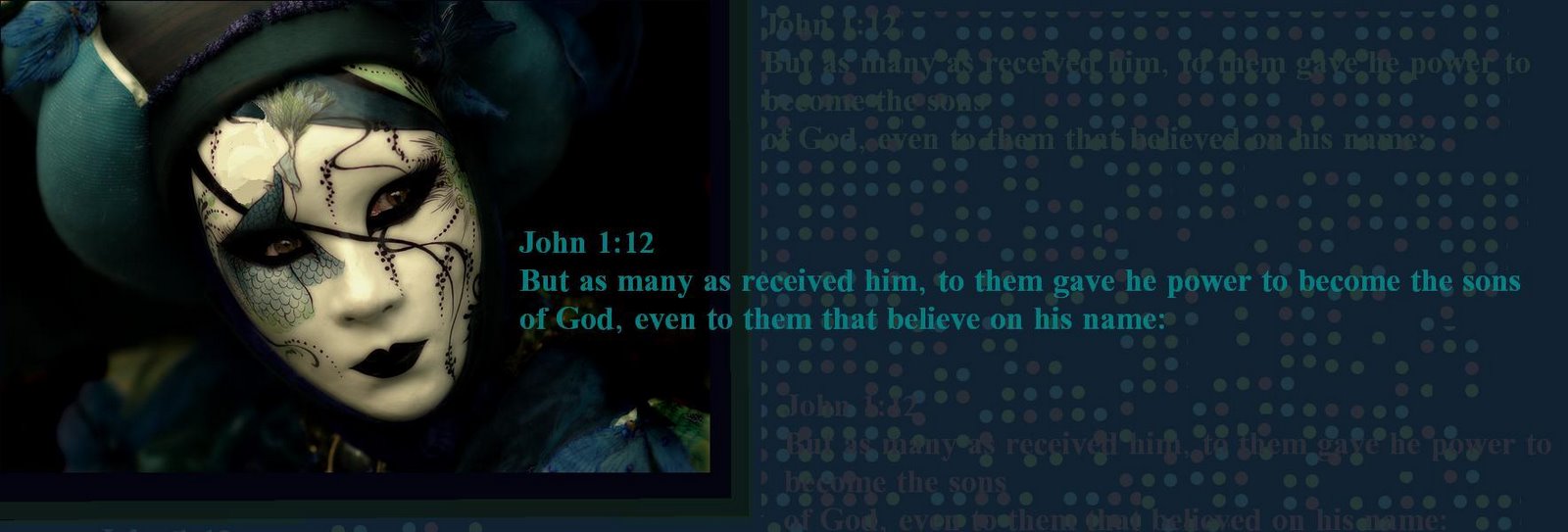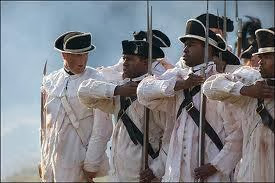The Gospel

You know how in life, you just like what you like?
And sometimes you don’t care if it’s wrong or its right.
You figure ‘I aint hurtin nobody’, so where is the harm?
Everybody’s out for self, so what’s the cause for alarm?
Well you’re right, it’s your choice but let me tell you what’s real.
All those “likes” you can choose, none can ever fulfill.
And if that’s really true, then why are we here at all?
Yes, we DO have a purpose past “having a ball!”
You see, we all were created with a purpose in mind:
To glorify Our Creator and enjoy Him for all time.
So why’s that purpose seem foreign and hard to attain?
Selfish desires deceive us to seek worldly gain.
Now what is God to do with a creation gone bad?
The outlook isn’t pretty, in fact it’s quite sad.
That’s the gist of the bad news; our lack of strength and desire.
Our very best, is filthiness to a God Whose ways are “higher”.
But the story doesn’t end there: God reigns on The Throne.
And because of His great Love, He sent us His Own.
The Word made flesh, TheTruth and The Life.
Came down, became a man, and became our sacrifice.
His life was sinless, yet He died on our behalf.
To restore the breech between God and Man; satisfying The Father’s wrath.
Now Jesus up and rose again, He's ascended and seated in Glory.
The sin dilemma eternally solved, now comes our part of the story.
We may not see ourselves as evil, but as sure as today is today,
We must realize and cease from sin in “seeking our own way”.
Believing, confessing and embracing the Son, we start life anew.
Born from above, maturing in Love, seeking to share Him too.
We still fall short, our flesh is that sort to tug at the old life’s ways.
Our position is sure but we must endure and strive for better days.
Let The Spirit lead, as the method and means to the life that God intended.
May He grant favor and honor your labor as He is represented.
The Gospel is good news, so you don’t have to lose.
God has made a way to accept you.
You become hidden in Christ with a purpose in life
To glorify Him while becomming the best you.
Here's The Word:
John 3:16-19 For God so loved the world, that he gave his only begotten Son, that whosoever believeth in him should not perish, but have everlasting life. For God sent not his Son into the world to condemn the world; but that the world through him might be saved. He that believeth on him is not condemned: but he that believeth not is condemned already, because he hath not believed in the name of the only begotten Son of God. And this is the condemnation, that light is come into the world, and men loved darkness rather than light, because their deeds were evil.
John 3:36 He that believeth on the Son hath everlasting life: and he that believeth not the Son shall not see life; but the wrath of God abideth on him.
In Him,
Cros




























